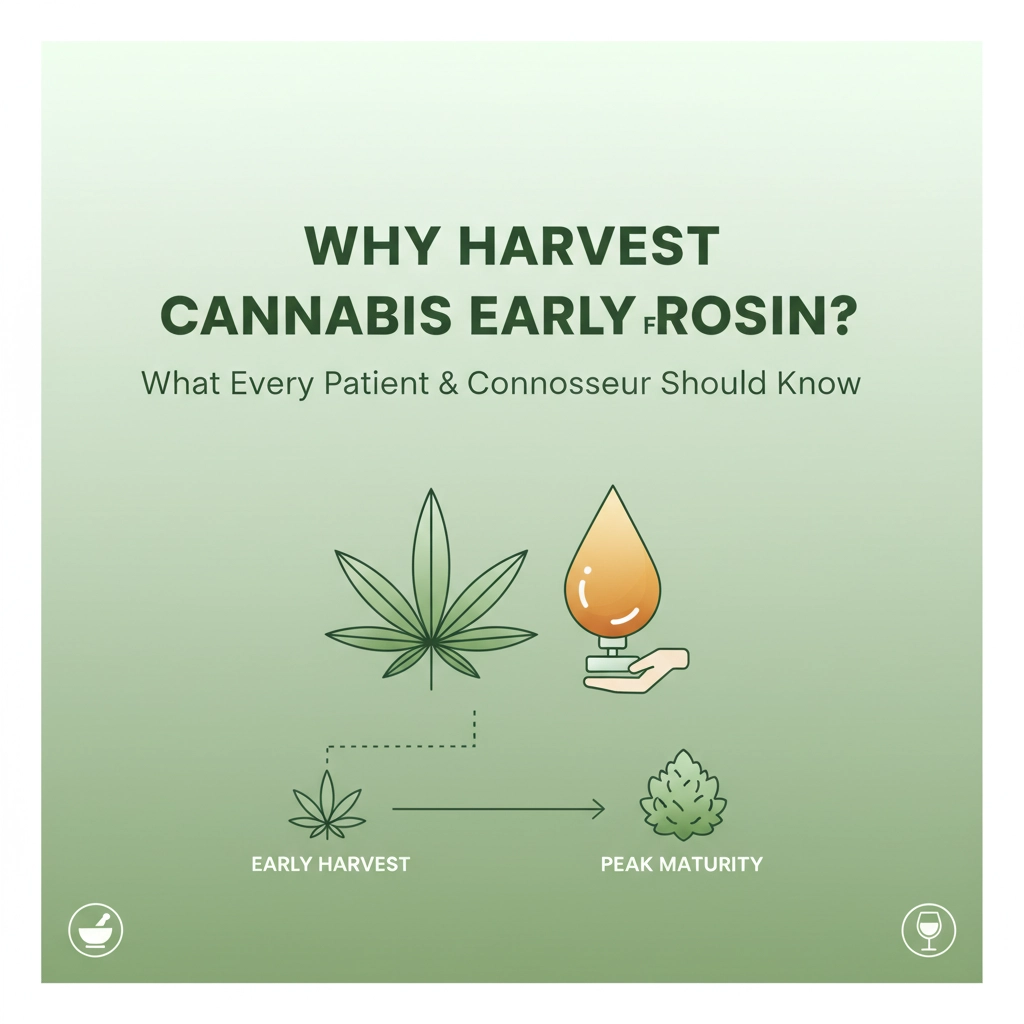The timing of cannabis harvest represents one of the most critical decisions in producing high-quality rosin concentrates. The relationship between harvest timing and rosin quality involves complex biochemical processes that determine the final product's potency, flavor profile, and therapeutic effects. Understanding these relationships enables patients and connoisseurs to make informed decisions about their preferred cannabis products and extraction methods.
Rosin production fundamentally depends on the quality and maturity of the source material. The solventless extraction process concentrates whatever compounds exist within the trichomes at the time of harvest. This concentration effect magnifies both the benefits of properly timed harvest and the drawbacks of premature collection. The decision to harvest early specifically for rosin production requires careful consideration of the trade-offs involved in trichome development and cannabinoid profiles.
Understanding Trichome Development and Maturation
Cannabis trichomes undergo distinct developmental phases that directly impact rosin production outcomes. The initial development stage features clear, immature trichomes containing primarily cannabigerolic acid (CBGA), which serves as the precursor to other cannabinoids including THC and CBD. As trichomes mature, enzymatic processes convert CBGA into various cannabinoid acids, which subsequently decarboxylate into their active forms through heat and time.
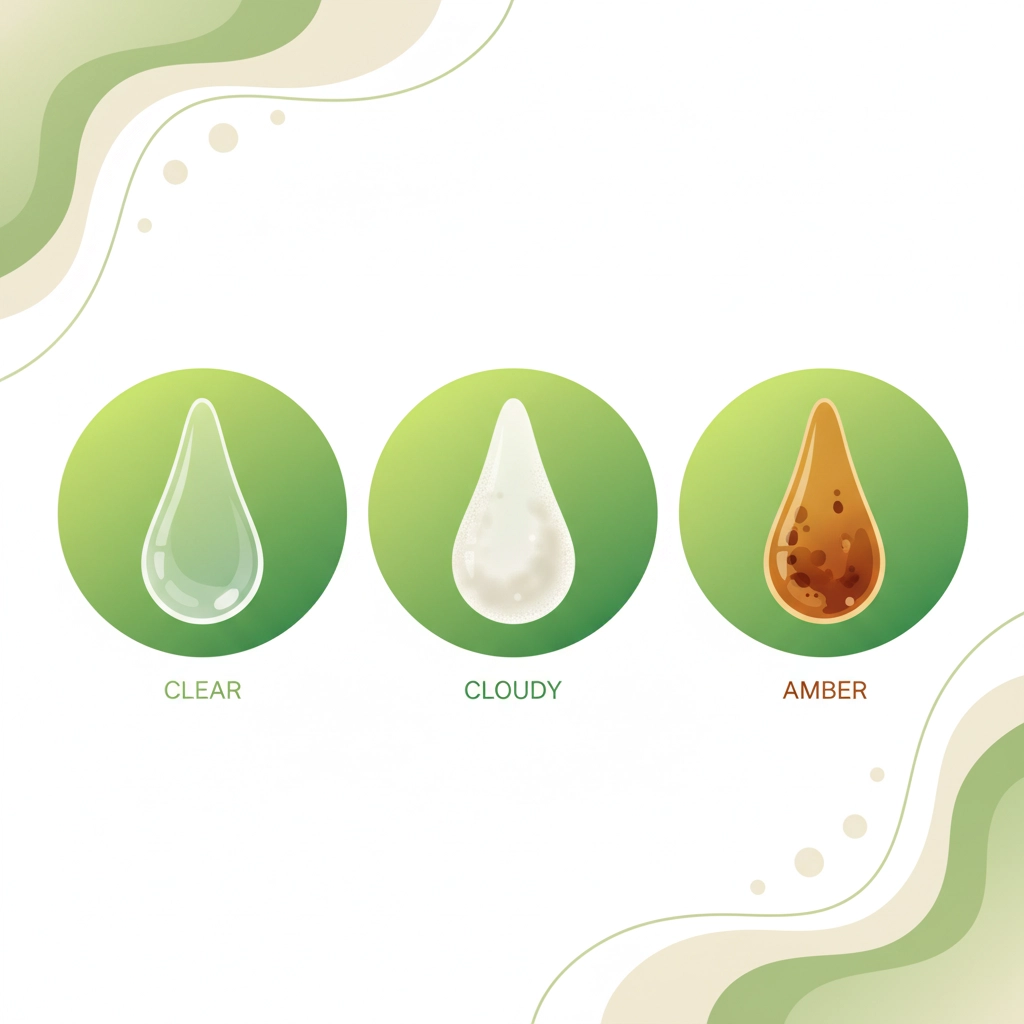
The maturation process involves cellular changes within the trichome head structure. Immature trichomes exhibit thin walls and incomplete resin production, while mature trichomes develop thick walls filled with concentrated cannabinoids and terpenes. The optimal harvest window occurs when trichomes reach peak density and cannabinoid concentrations, typically indicated by a cloudy or milky appearance under magnification.
The transition from clear to cloudy trichomes signifies the conversion of CBGA into desired cannabinoids. Harvesting during the clear trichome stage results in lower overall cannabinoid concentrations and reduced rosin yields. The timing of this transition varies among cultivars and growing conditions, requiring careful observation and experience to identify optimal harvest timing.
Effects of Early Harvest on Rosin Quality and Composition
Early harvest timing produces rosin with distinct characteristics compared to fully mature material. The cannabinoid profile of early-harvested cannabis features higher concentrations of precursor compounds and lower concentrations of fully developed THC and CBD. This altered profile directly translates to rosin concentrates with reduced potency and modified therapeutic effects.
The terpene composition also varies significantly with harvest timing. Early-harvested cannabis typically contains higher concentrations of monoterpenes, which contribute to more volatile, energetic effects. These terpenes provide the characteristic cerebral and uplifting sensations associated with early harvest material. However, the overall terpene yield may be lower due to incomplete development of oil-producing glands within the trichomes.
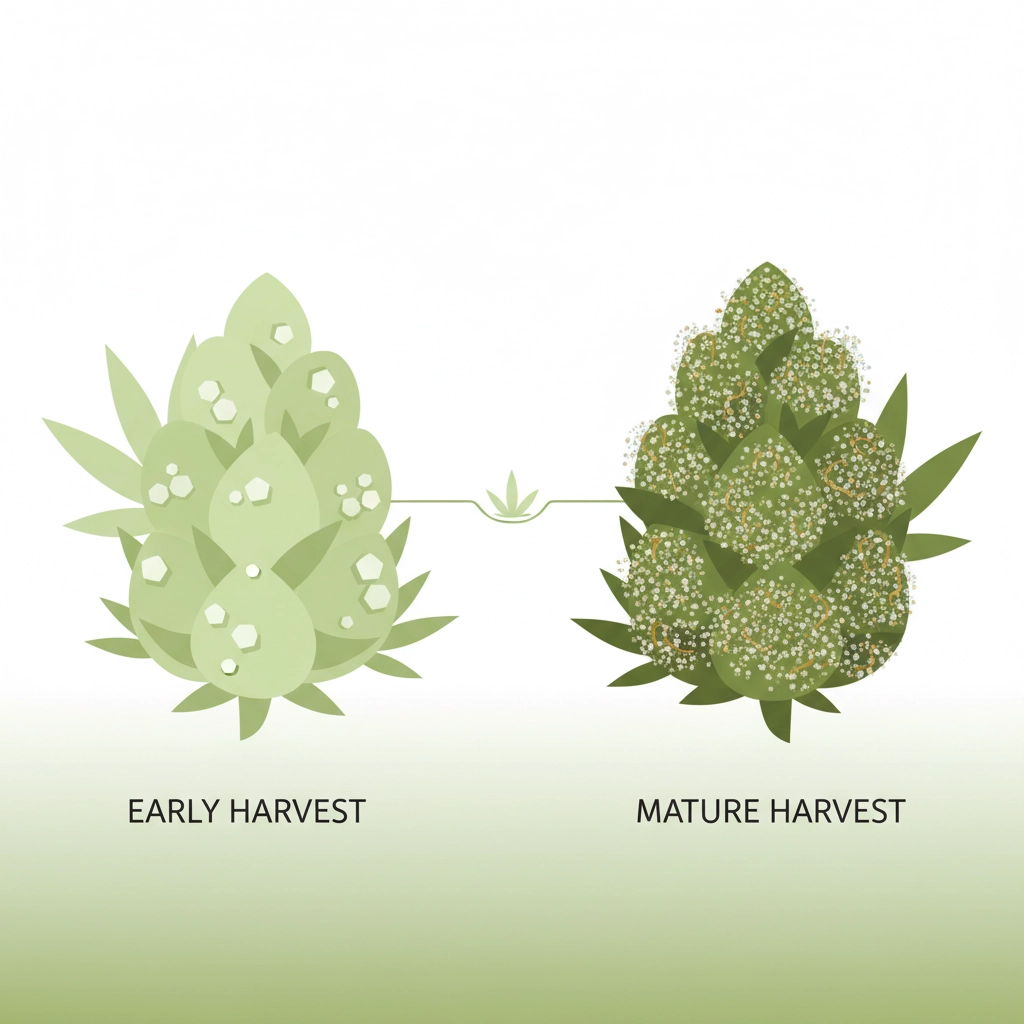
Rosin yield calculations demonstrate measurable differences between early and mature harvest timing. Early-harvested material often produces lower total yields due to reduced trichome development and decreased resin production. The pressing characteristics also differ, with early-harvested material requiring different temperature and pressure parameters to achieve optimal extraction efficiency.
Advanced Cultivation Science and Biochemical Considerations
The biochemical processes governing cannabinoid synthesis operate on precise temporal schedules determined by genetic factors and environmental conditions. Cannabigerolic acid synthase enzymes facilitate the initial conversion of geranyl diphosphate and olivetolic acid into CBGA. Subsequent enzymes, including THCA synthase and CBDA synthase, convert CBGA into specific cannabinoid acids based on the plant's genetic programming.
Environmental factors significantly influence the rate and completeness of these enzymatic processes. Light spectrum, particularly ultraviolet radiation, accelerates trichome development and increases secondary metabolite production. Temperature fluctuations affect enzyme activity rates, while humidity levels impact trichome structural integrity and resin retention.
The photosynthetic capacity of cannabis plants directly correlates with their ability to produce the energy and precursor compounds necessary for robust trichome development. Plants with optimal photosynthetic efficiency demonstrate enhanced cannabinoid synthesis rates and achieve peak trichome density more rapidly than stressed or suboptimal plants.
Molecular Analysis of Harvest Timing Effects
Advanced analytical techniques reveal the molecular-level changes occurring during trichome maturation. Gas chromatography-mass spectrometry analysis of early-harvested versus mature cannabis demonstrates significant differences in cannabinoid ratios and terpene profiles. Early harvest samples exhibit higher concentrations of cannabigerolic acid and lower concentrations of delta-9-tetrahydrocannabinolic acid.
The stereochemistry of cannabinoids also varies with harvest timing. Enzymatic conversion processes operating over extended periods produce more complete stereoisomer profiles, contributing to the entourage effect and enhanced therapeutic potential. Early harvest interrupts these processes, resulting in simplified molecular profiles with reduced complexity and interaction potential.
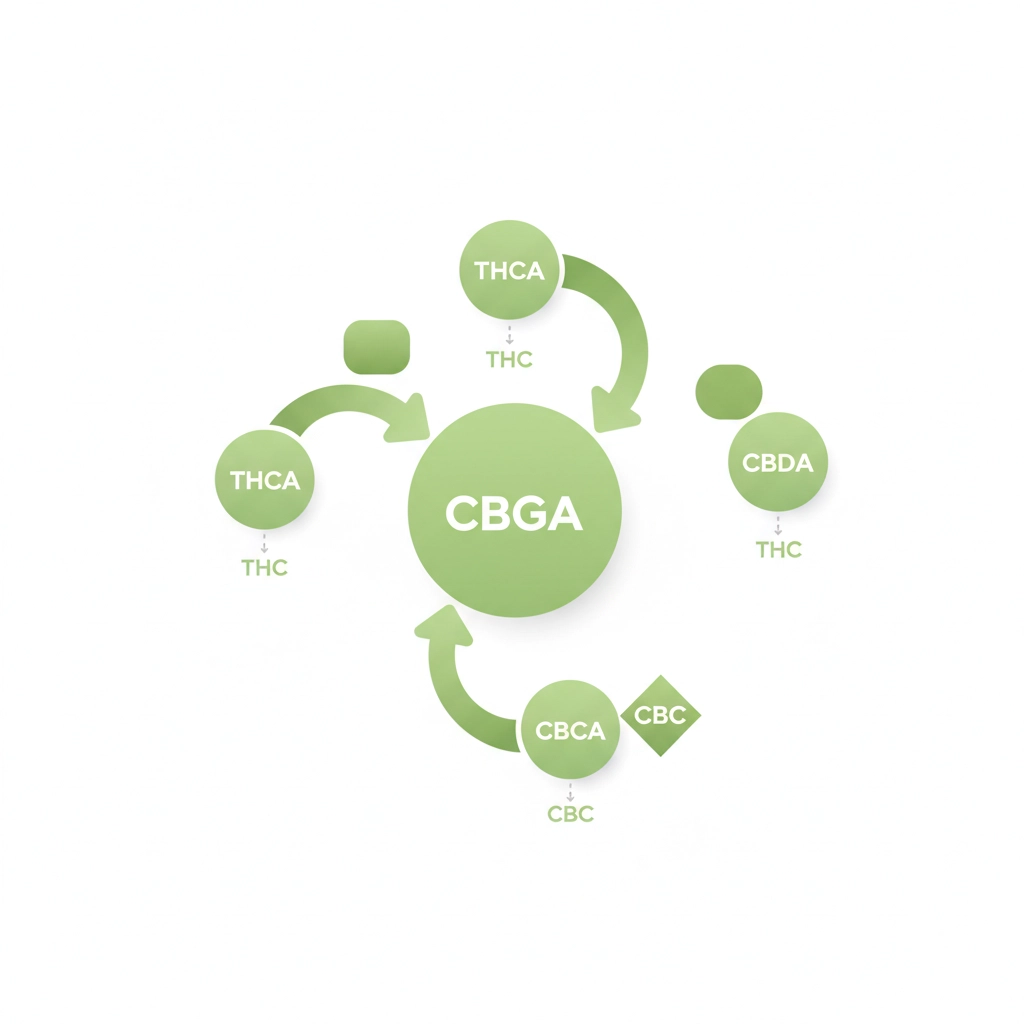
High-performance liquid chromatography analysis reveals that early-harvested cannabis contains elevated levels of various precursor compounds that have not undergone complete conversion to their final forms. These precursor compounds may contribute different therapeutic effects compared to their fully converted counterparts, but typically at lower overall potency levels.
Strategic Considerations for Early Harvest Timing
Certain cultivation scenarios justify early harvest timing despite the associated quality trade-offs. Environmental pressures, including impending weather events, pest infestations, or security concerns, may necessitate premature harvest to preserve the crop. In these situations, early harvest represents a damage-control strategy rather than an optimal production choice.
Some cultivators deliberately harvest portions of their crop early to provide product variety for consumers preferring the energetic effects associated with immature trichomes. This approach requires careful market analysis and consumer education to ensure appropriate expectations regarding potency and effects.
The processing timeline also influences harvest timing decisions. Early-harvested material may be processed immediately while fresh, potentially preserving certain volatile compounds that would otherwise degrade during extended curing periods. This fresh-processing approach can produce rosin with unique flavor profiles and effects, though typically at reduced overall potency levels.
Quality Assessment and Grading Protocols
Professional assessment of early-harvested rosin involves multiple evaluation criteria beyond simple potency measurements. Visual appearance, consistency, flavor profile, and effect duration all factor into comprehensive quality determinations. Early-harvested rosin typically exhibits lighter colors and different consistency characteristics compared to mature material.
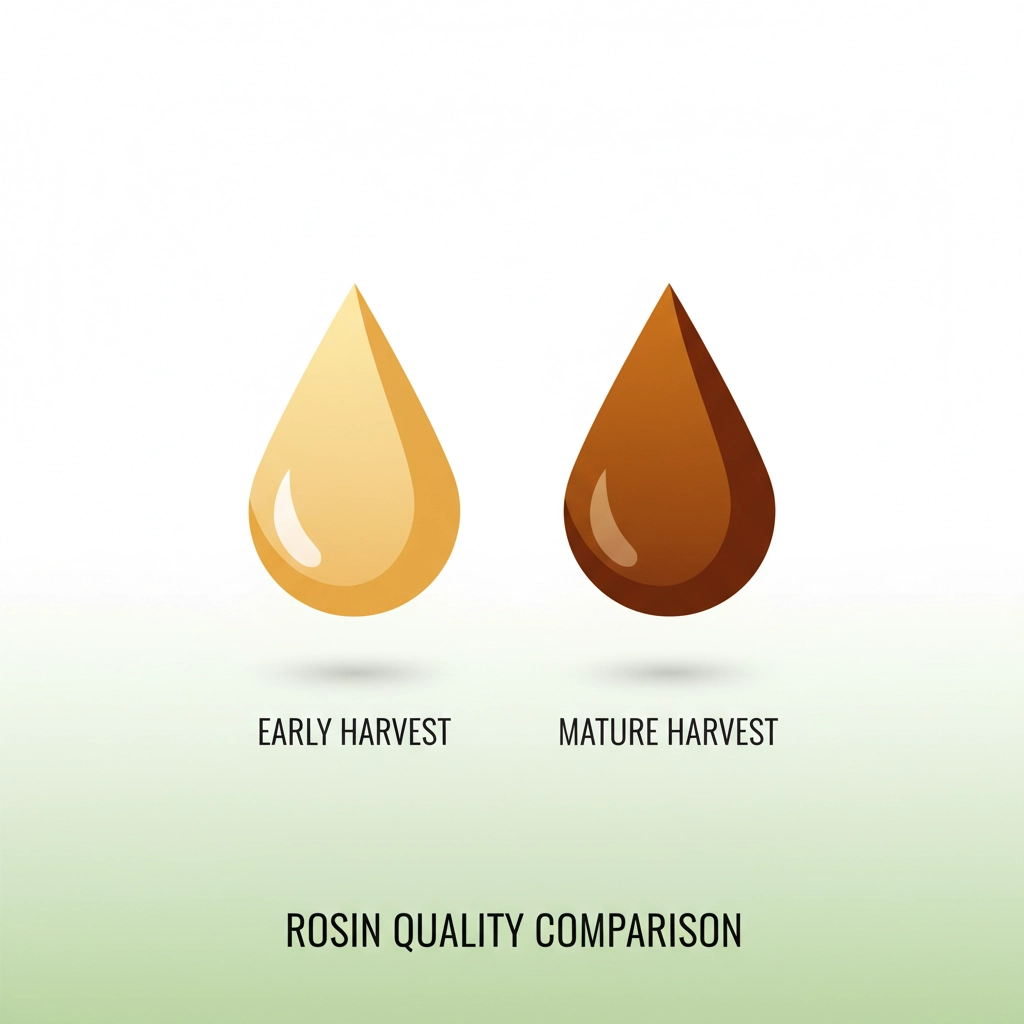
Laboratory testing protocols for early-harvested rosin must account for the altered cannabinoid profiles and potential presence of elevated precursor compound concentrations. Standard testing panels may not capture the full complexity of early harvest material, requiring specialized analysis to provide comprehensive cannabinoid and terpene profiles.
Consumer education becomes particularly important when offering early-harvested rosin products. Clear labeling and detailed descriptions help patients and connoisseurs understand the expected effects and potency levels, preventing disappointment or inappropriate usage.
Groth Industries' Approach to Harvest Timing
At Groth Industries, our cultivation team employs scientific monitoring techniques to determine optimal harvest windows for different intended uses. Our approach recognizes that different patients and connoisseurs prefer varied effect profiles and potency levels. This understanding guides our harvest scheduling to provide diverse product options while maintaining our commitment to quality and transparency.
Our growers utilize microscopic trichome examination combined with laboratory testing to track cannabinoid development throughout the maturation process. This data-driven approach enables precise timing decisions based on intended product specifications rather than arbitrary scheduling.
The educational component of our service includes detailed product descriptions and consultation services to help patients and customers select products matching their specific needs and preferences. Our team provides guidance on expected effects, potency levels, and optimal usage methods for products derived from different harvest timings.
Understanding harvest timing effects on rosin quality empowers informed decision-making for both cultivators and consumers. The scientific principles governing trichome development and cannabinoid synthesis provide the foundation for producing consistent, high-quality rosin products that meet diverse patient and connoisseur requirements.

